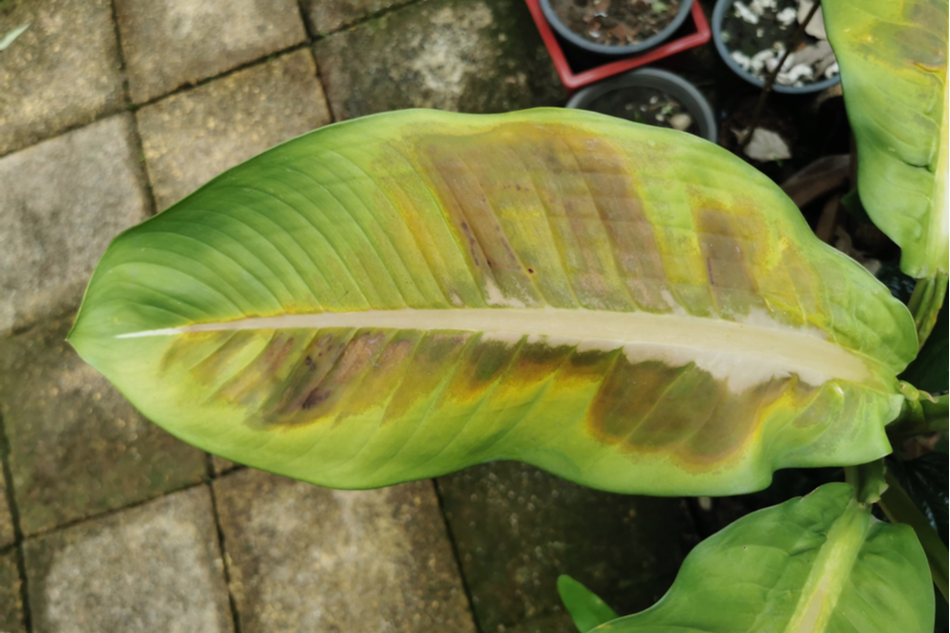Summer is just around the corner, and in this changing climate, that could mean even hotter weather and more intense droughts. While we’ve written various articles about how to keep cool in the summer heat and how to shield your skin from dangerous ultraviolet (UV) rays, there’s something else that we’ll need to protect from getting sunburnt—our plants!
That’s right, indoor and outdoor plants can get sunburn too, and it can be fatal if left alone. That said, there are ways to identify and treat plant sunburn so that your plants can make a comeback, and even better, there are preventative strategies to ensure your plants don’t get a sunburn in the first place.
Types of plant sunburn
When a plant is getting too much sun exposure, it can show up in two different ways: sunburn and sunscald.
Sunburn
A sunburnt plant’s leaves will lose their color, turning pale green or white in some, or yellow and brown in others. The loss of color will appear first in the leaf veins and then work its way outward to the tips.
Sunscald
Sunscald affects the bark and fruit of a plant rather than the leaves and looks a bit like dehydrated skin. The bark and fruit start cracking which allows insects and diseases in. The bark can even develop cankers and destroy the cambium layer just below the bark, which is where water and nutrients are transported through the tree. If the cambium layer is damaged, then the foliage above the scalded area dies and exposes the tree to even more sunlight.
The causes of plant sunburn
Unlike humans, plant sunburn isn’t caused by prolonged exposure to UV light. Even though direct sun exposure contributes to sunburn, the direct cause for both indoor and outdoor plants is the lack of moisture in the soil. This means that both ordinary light and UV light can put your plants at risk.
Many plant parents may have heard that watering plants in the middle of the day can put their plants at risk of sunburn, however, this is only true for plants with leaves that have plant hairs (trichomes) like ferns. This is because the water suspended in the plant hairs will intensify any sun exposure it gets, which could lead to burns.
So, if your plants have smooth, hairless leaves, then watering them midday won’t cause any damage.
Other factors that contribute to plant sunburn include low humidity, low nighttime temperatures followed by strong sunlight during the day, and other horticultural practices such as how the tree or shrub is trimmed/shaped. Plant placement also matters as radiating heat and light from walls, especially concrete or bright surfaces, can make plants more prone to sunburn.
How to prevent plant sunburn
Firstly, it’s important to always read the label for your plants. Indoor plants are usually happier with weaker sunlight than outdoor plants.
If you’re moving your indoor plants outdoors, make sure to keep them in a greenhouse until they mature, since greenhouses filter UV light. If you don’t have a greenhouse, then try to introduce your indoor plants to the outdoors gradually by keeping them outdoors for one hour more each day over two weeks.
Native plants are usually the best option for outdoor plants as they’ve had thousands of years to adapt to the climate in the region.
If soil moisture is the main issue, then the best way to prevent sunburn is to ensure that you are watering the plant sufficiently. You can also protect soil moisture by using a compost mulch (though it’s important to keep the mulch away from the base of the plant to reduce the chances of diseases spreading into dried, cracked bark).
Also, make sure that nothing is getting in the way of root growth so that the plant can absorb as much water as possible.
If your plant already has a touch of sunburn, it can recover. Simply remove the damaged leaves, water generously, and protect the plant with a shade cloth until new growth appears.











